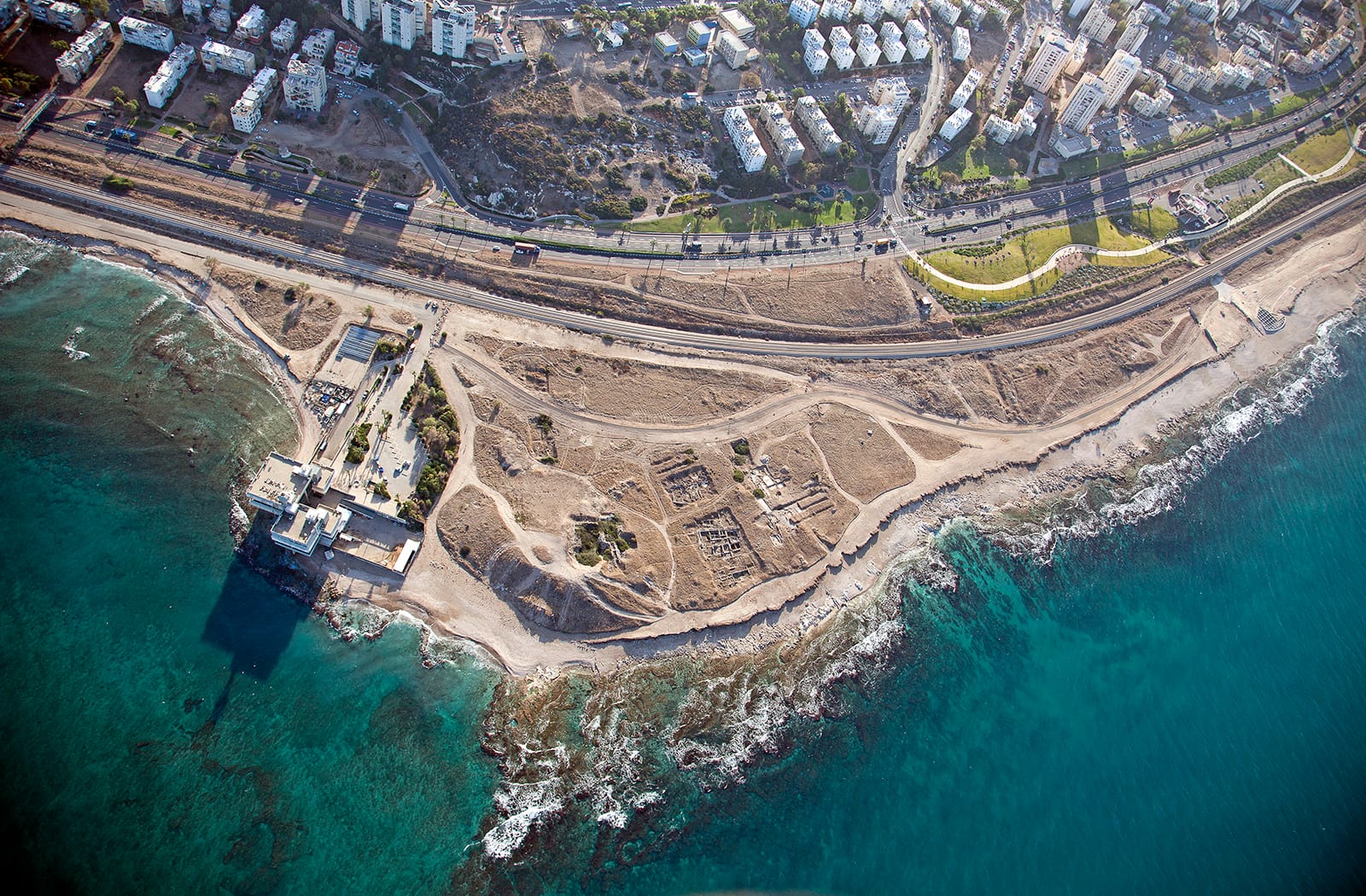
The beautiful port city of Haifa is typically seen as a British era town that largely developed during the Mandate period from 1918 to 1948. In that short span of time, this unofficial capitol of Mandatory Palestine rapidly developed, growing eight times its size in a few short decades, to become one of the most modern cities in the world. This full day tour delves deeper to question this narrative and uncovers some of the stunning archaeological sites that demonstrate the centrality and multicultural nature of Haifa throughout the history of the Land of Israel.
Our tour begins in prehistory at the Neve David where we will discuss the findings from this world-renowned epipaleolithic site that dates to the peak of the last ice age – or approximately 15,000 to 18,000 years ago. This site provided researchers of prehistory with one of the clearest examples of the transition from a hunter-gatherer lifestyle to the more sedentary agricultural model known among archaeologists as the Natufians.
Following a short, but steep climb, we move forward in time thousands of years as we head up through Nahal Siah to a Crusader-era site dating back to the 13th century. The site, which was built adjacent to a spring and cave that was believed to have been used by the Prophet Elijah contains the remains of a small church known as St. Brocard’s. The church is named after the founder of the Carmelite Order – one of the largest orders of the Catholic Church – that was first established at this picturesque site.
As we walk back down to the vehicle, we will pass by the crumbling Mandatory-era “Bustan Khayat” that was once a small oasis that served British officers who were on leave for a few days of rest and relaxation. From here we will drive to see the archaeological site of Tel Shikmona. Located along the Mediterranean shoreline and at the tip of the Carmel Mountain range, this Phoenician site was inhabited by Tyrians and dates back over 5,000 years to the Late Bronze Age period. This was the center of the “royal” purple dye production known as “Tyrian Purple,” which was made from a local variety of sea snails.
After a traditional Arabic “mezze” meal comprised of a wide variety of fresh salads, we will drive up to the Stella Maris monastery that serves as the world headquarters of the Carmelite Order and visit the church and grotto associated with Elijah the Prophet. In addition, we will explore church’s the small archaeological collection that includes interesting finds from the Hellenistic era that point to the existence of a Greek temple at this site.
We continue our drive up through the Carmel center to the neighborhood of Romema, where we will visit the archaeological ruins of the Crusader-era Rushmiya site. Built by the main road that traversed the Carmel Mountain, the lowest levels of this site date back to the Herodian period. Largely unexcavated and surrounded by apartment buildings, it is believed that this is the spot from which Saladin directed his troops during their attacks against Richard the Lionhearted in 1191.
We end the tour with the spectacular overlook from the Louis Promenade where we will enjoy the view and come full circle as we share some highlights of Haifa’s history up to the present.
For Questions, Contact Dr. Eyal
At 053-3328322
Sign up to our mailing list and receive our newsletter with updates on upcoming tours, lectures, workshops, and courses.


